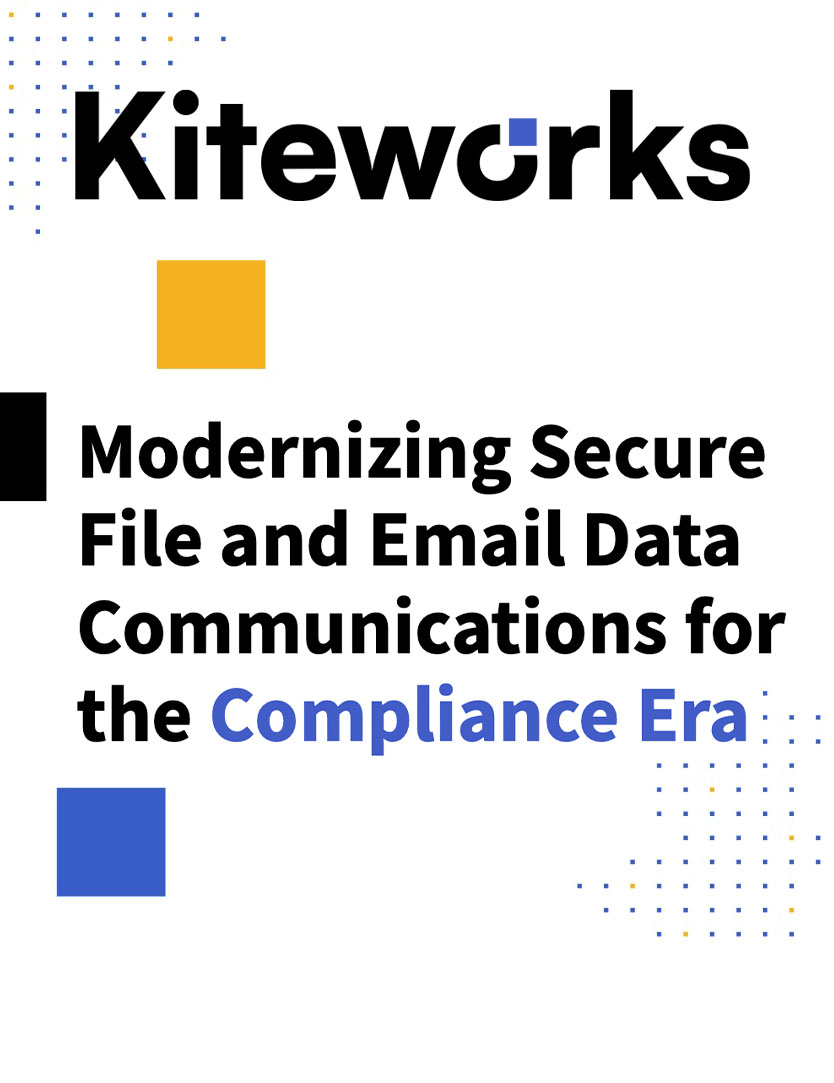Today’s cybersecurity platforms are much more robust than they were even just a couple of years ago in terms of network visibility and identifying risks. Some of this is by necessity. As a larger fraction of the global workforce now works from home, “zero trust” strategies have replaced on-premises controls, enabling organizations to protect sensitive assets while providing greater remote access.
Perhaps more than ever before, effective monitoring and alert systems are essential to keeping cybercriminals at bay. But when it comes to risk management, more information doesn’t always equate to better protection. Organizations need to establish continuous and comprehensive visibility, manage vast quantities of data and telemetry, and ensure the accuracy of alerts (without the noise of false positives). It also means being able to take rapid action when responding to incidents—which starts with defining and rehearsing an internal process of escalation (including legal and executive leadership teams).
Watch this CISO Street Perspectives panel discussion to learn how evolving best practices for monitoring and alerts inform a healthy risk management program. Panelists include Luciano Ferrari, Chief Security Architect for Navis; Ethan Steiger, SVP and CISO for Advance Auto Parts; and Jonathan Waldrop, Senior Director of Cybersecurity at Insight Global.








